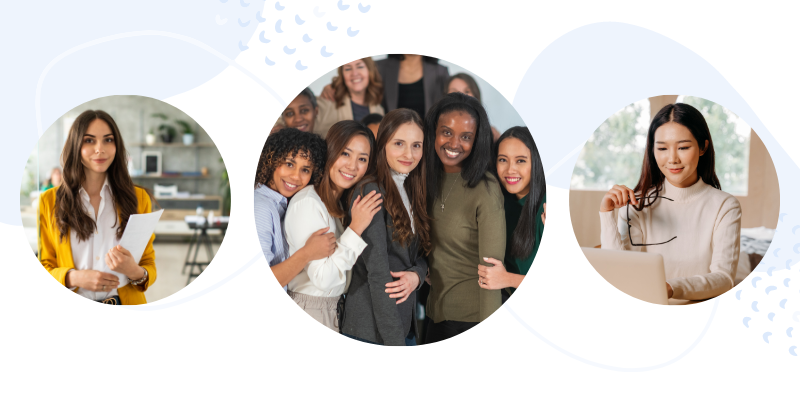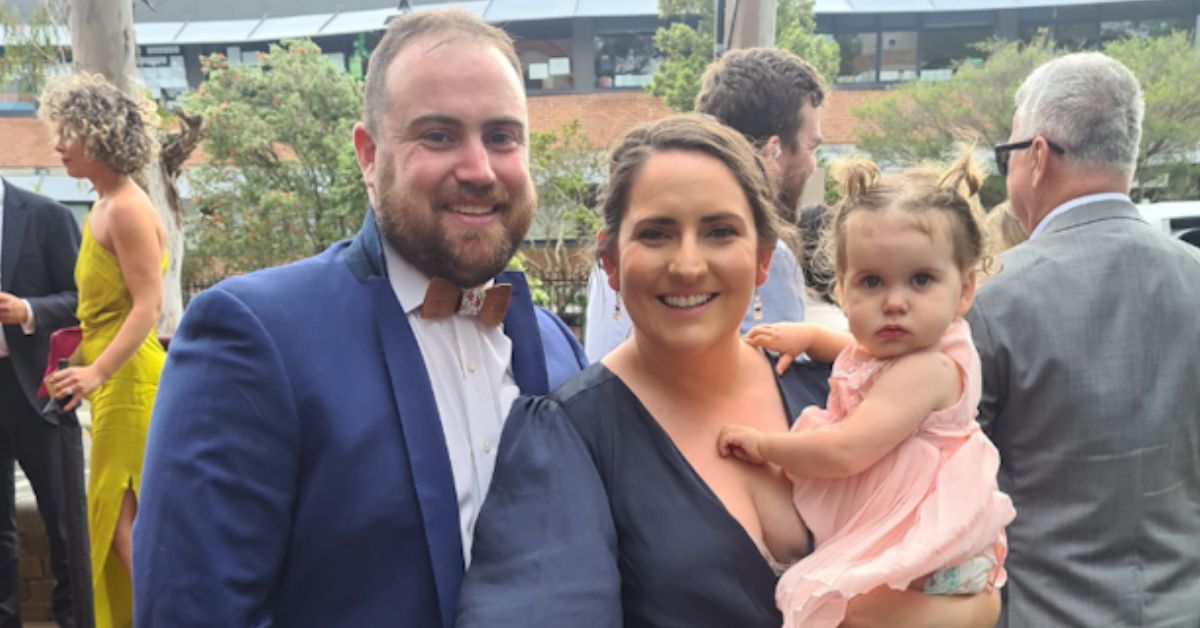“The story of women’s struggle for equality belongs to no single feminist nor to any one organisation but to the collective efforts of all who care about human rights.”
Gloria Steinem
There is a strong business imperative for enabling the participation of women in the workforce. While 60% of bachelor, graduate diploma and postgraduate degrees are earned by women, there are more men called John than there are women in top roles in Australian businesses.
So what happens to all of that female talent?
The lion’s share of the responsibility for unlocking the potential of this talented workforce undoubtedly rests with workplace leaders.
But the impetus is on all of us to address the structural and stylistic barriers that make women’s advancement and participation so difficult.
This requires a complete audit of the impact and effects of discrimination within our own organisations, ensuring there is a clear business case for achieving gender parity, modelling the behaviours and values required to create an inclusive culture, and establishing a zero tolerance policy for discriminatory behaviours.
Practical measurements such as up-skilling managers, combined with a mindset which promotes workplace flexibility and manages pregnancy as an event in employees’ careers, can be hugely empowering to male and female employees alike.
How are you using your empowerment?
The benefits of female participation in the workplace extend beyond the business case: it’s deeply personal.




